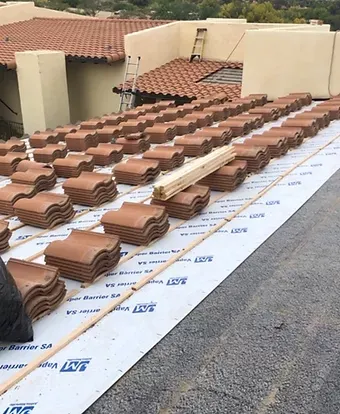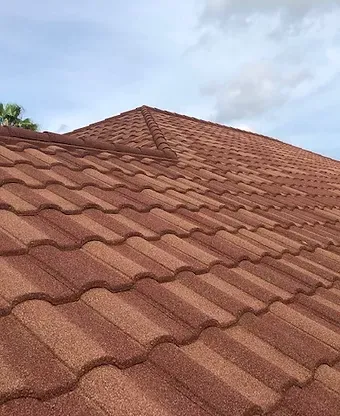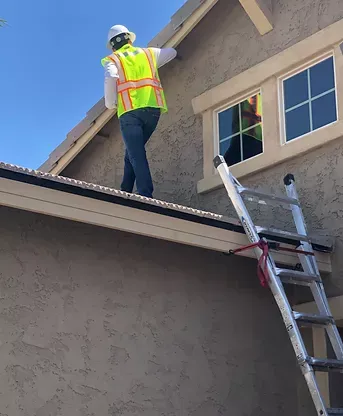Financial Planning for Your Business: Tax Implications of Commercial Roof Repair vs. Replacement
Financial Planning for Your Business: Tax Implications of Commercial Roof Repair vs. Replacement
Understanding the Basics of Commercial Roof Repairs and Replacements
When it comes to maintaining a commercial property, understanding the difference between roof repairs and roof replacements is crucial. Roof repairs typically involve fixing specific issues like leaks, minor damage, or wear and tear, while roof replacements entail removing the existing roof and installing a new one. These two approaches serve different purposes and have unique impacts on your business’s financial health.
Roof repairs are often more cost-effective and less disruptive to daily operations compared to full replacements. They help maintain the current condition of the roof, ensuring it remains functional without significant downtime. On the other hand, roof replacements can significantly enhance the property’s value and longevity, but they require a larger upfront investment and may disrupt business activities temporarily.
Knowing whether to repair or replace your roof is essential for effective financial planning. It allows you to allocate resources wisely, minimize operational disruptions, and ensure your business remains compliant with tax regulations. By partnering with professionals like those at 4 Peaks Roofing , you can make informed decisions tailored to your business needs.
IRS Tax Code Overview: Repairs vs. Capital Improvements
The IRS has clear guidelines on how roof repairs and replacements are treated for tax purposes. Generally, roof repairs are classified as deductible business expenses because they restore the roof to its original condition without adding significant value. This means businesses can deduct the full cost of repairs in the year they are incurred, providing immediate tax relief.
In contrast, roof replacements are considered capital improvements. These enhancements increase the property's value or extend its useful life, making them subject to depreciation rather than immediate deduction. The Modified Accelerated Cost Recovery System (MACRS) is used to depreciate these costs over a set period, typically 39 years for commercial buildings.
The classification of roof work as either a repair or capital improvement has significant consequences for tax treatment. Misclassifying a repair as an improvement could lead to missed deductions, while incorrectly claiming an improvement as a repair might trigger IRS scrutiny. Understanding these distinctions ensures compliance and maximizes tax benefits.
Business owners should carefully evaluate their roofing projects to determine the correct classification. Consulting with a tax advisor can provide clarity and help align roofing decisions with broader financial strategies. Companies like 4 Peaks Roofing can assist in identifying whether a project qualifies as a repair or replacement.
Tax Deductibility of Roof Repairs on Commercial Properties
One of the key advantages of roof repairs is their eligibility for full tax deductions in the year they occur. For example, fixing leaks, replacing damaged shingles, or sealing cracks are all considered repairs that preserve the roof's current condition. These expenses are treated as ordinary and necessary business costs, allowing businesses to reduce taxable income immediately.
Common examples of deductible roof repairs include patching small holes, addressing water damage, or reinforcing weak areas. These actions prevent further deterioration but do not materially improve the roof beyond its original state. As such, they qualify for favorable tax treatment under IRS rules.
Taking advantage of these deductions can significantly boost your business’s cash flow. By timing repairs strategically, you can optimize tax savings and reinvest the funds into other areas of your operation. Partnering with experienced roofing contractors ensures accurate classification and execution of repair projects.
Tax Treatment of Commercial Roof Replacements
Unlike repairs, commercial roof replacements are treated as capital improvements by the IRS. This means the costs associated with a replacement cannot be deducted all at once. Instead, they must be capitalized and depreciated over the building’s useful life, which is typically 39 years for commercial properties.
Depreciation schedules allow businesses to recover the cost of roof replacements gradually through annual deductions. While this approach spreads out the financial impact, it delays the immediate tax benefits seen with repairs. However, Section 179 of the IRS code offers some flexibility, allowing businesses to deduct a portion of the replacement cost in the first year, subject to certain limits.
Strategic financial planning is essential when considering roof replacements. Timing the project to align with your business’s cash flow and tax strategy can maximize long-term benefits. Additionally, exploring energy-efficient options may qualify for additional incentives, further enhancing the return on investment.
Working with knowledgeable roofing professionals ensures your replacement project meets both functional and tax-related goals. For instance, 4 Peaks Roofing specializes in helping businesses navigate the complexities of roof replacements while optimizing tax outcomes.
Proper Classification and Documentation to Maximize Tax Benefits
Accurate classification of roof work as either a repair or capital improvement is critical for maximizing tax benefits. Misclassification can lead to missed deductions or unnecessary audits. Businesses must carefully evaluate each project to determine its nature and ensure compliance with IRS guidelines.
Maintaining detailed documentation is equally important. Invoices, contractor assessments, and before-and-after photos serve as evidence to support your claims. These records not only validate the classification but also demonstrate the necessity of the work performed. Proper documentation is your first line of defense against potential IRS challenges.
By prioritizing accurate classification and thorough record-keeping, businesses can avoid costly mistakes and ensure smooth tax filing. Partnering with reputable roofing companies like 4 Peaks Roofing can simplify this process, providing expert guidance and reliable documentation.
Financial Planning Strategies for Roof Repair vs. Replacement Decisions
Understanding the tax implications of roof repairs versus replacements plays a vital role in budgeting and cash flow management. Businesses must weigh the immediate tax benefits of repairs against the long-term advantages of replacements. Strategic timing of these expenses can align with your company’s financial cycles and tax obligations.
Potential tax savings and the overall cost of roofing should also factor into decision-making. For example, scheduling repairs during high-income years can maximize deductions, while planning replacements in lower-income periods may ease the burden of depreciation schedules. Additionally, reinvestment plans should consider how roofing projects contribute to asset longevity and operational efficiency.
Collaborating with tax advisors ensures roofing decisions align with broader financial goals. Advisors can help identify opportunities for deductions, credits, and incentives, ensuring your business takes full advantage of available benefits. Long-term asset management strategies should incorporate regular assessments to anticipate future roofing needs.
Ultimately, integrating tax considerations into roofing decisions strengthens your business’s financial health. Whether opting for repairs or replacements, thoughtful planning sets the foundation for sustainable growth. Companies like 4 Peaks Roofing offer expertise to guide you through every step of the process.
Impact of Energy-Efficient Upgrades on Tax Incentives
Energy-efficient upgrades to commercial roofs can unlock additional tax credits and incentives. Installing materials like energy-efficient metal roofing may qualify your business for federal tax credits designed to promote sustainability. These incentives not only reduce upfront costs but also contribute to long-term savings through improved energy efficiency.
To claim these benefits, businesses must provide proper documentation, including certifications and invoices detailing the energy-efficient features of the roofing materials. Contractors play a crucial role in ensuring compliance with these requirements, offering expertise in selecting and installing qualifying products.
Incorporating energy-efficient upgrades into your roofing strategy can enhance both your tax position and environmental footprint. By working with knowledgeable partners like 4 Peaks Roofing , you can seamlessly integrate these improvements into your overall financial plan.
Common Mistakes and Pitfalls in Commercial Roofing Tax Planning
One common mistake in commercial roofing tax planning is misclassifying repairs as capital improvements or vice versa. This error can result in missed deductions or unexpected tax liabilities. Businesses must carefully review IRS guidelines and consult professionals to ensure accurate classification.
Insufficient documentation poses another risk, leaving businesses vulnerable to audits and disputes. Missing deadlines for claiming deductions or failing to retain necessary records can jeopardize your ability to benefit from tax advantages. Staying organized and proactive is key to avoiding these pitfalls.
To achieve optimal tax outcomes, businesses should engage qualified tax advisors and roofing experts early in the process. Regular reviews of your roofing strategy and tax filings can help identify and address potential issues before they escalate. With guidance from trusted partners like 4 Peaks Roofing , you can navigate these challenges confidently.
Frequently Asked Questions (FAQ)
Are commercial roof repairs fully tax deductible in the year they are made?
Yes, commercial roof repairs are generally fully tax deductible in the year they are completed. These expenses are considered ordinary and necessary business costs, allowing businesses to deduct the full amount from their taxable income. Examples include fixing leaks, patching holes, or addressing minor damage.
This immediate deduction provides a valuable opportunity to reduce tax liability and improve cash flow. However, it’s important to ensure the work qualifies as a repair rather than a capital improvement. Consulting with a tax advisor can help confirm eligibility and maximize benefits.
Why is roof replacement treated differently from repairs for tax purposes?
Roof replacements are treated differently because they are classified as capital improvements. Unlike repairs, which maintain the current condition of the roof, replacements add significant value or extend the property’s useful life. As a result, the costs must be capitalized and depreciated over time.
This distinction reflects the IRS’s focus on distinguishing between routine maintenance and substantial upgrades. While replacements delay immediate tax benefits, they offer depreciation deductions over several years. Properly classifying your roofing project ensures compliance and optimizes financial outcomes.
Can my business use Section 179 deduction for a new commercial roof?
Section 179 allows businesses to deduct a portion of the cost of qualifying property improvements, including some commercial roofs, in the first year. However, there are limitations based on total spending and income thresholds. Not all roof replacements will qualify, so it’s essential to verify eligibility.
Consulting with a tax professional can clarify whether your project meets Section 179 criteria. If eligible, this deduction can accelerate cost recovery and enhance cash flow. Partnering with knowledgeable roofing contractors ensures your project aligns with tax planning goals.
What documentation do I need to support tax deductions on roof work?
Documentation for roof work includes detailed invoices, contractor assessments , and any certifications related to energy-efficient upgrades. Before-and-after photos and written explanations of the work performed can also strengthen your case. These records prove the nature and necessity of the expense.
Proper documentation protects your business during audits and supports accurate classification. Working with reputable contractors ensures you receive comprehensive records. For example, 4 Peaks Roofing provides thorough documentation as part of their service.
How do energy-efficient roofing upgrades impact tax liability?
Energy-efficient roofing upgrades can reduce tax liability by qualifying for federal tax credits and incentives. Installing Energy Star-rated materials like reflective roof coatings or other certified products may make your business eligible for deductions. These incentives lower upfront costs and promote sustainability.
Beyond tax benefits, energy-efficient roofs can decrease utility expenses, contributing to long-term savings. Proper documentation, including certifications and invoices, is required to claim these credits. Collaborating with experienced contractors ensures compliance and maximizes advantages.
Conclusion
Understanding the tax implications of commercial roof repairs versus replacements is essential for sound financial planning. Repairs offer immediate deductions, reducing taxable income in the year they are made, while replacements provide depreciation benefits spread over time. Proper classification and documentation are critical to maximizing tax advantages and avoiding penalties.
Integrating tax considerations into roofing decisions strengthens your business’s financial health and growth prospects. To ensure compliance and optimize outcomes, consult qualified tax advisors and roofing professionals. Start assessing your commercial roofing needs today with an eye on tax implications to secure your business’s future. Visit 4 Peaks Roofing for expert guidance tailored to your unique situation.




